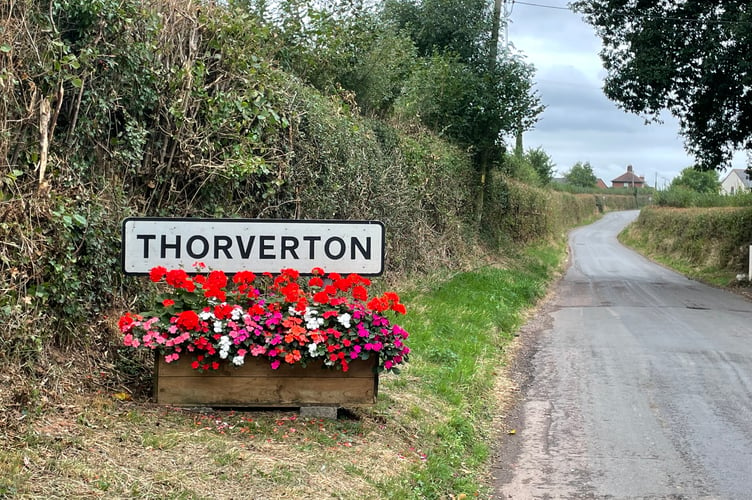ON Friday, September 22, there was an excellent turnout of members of Thorverton History Society to listen to our local celebrity, Professor Bryony Coles, explain and illustrate the significance of the beaver in our archaeological landscape as well as a valuable opportunity to be informed on contemporary facts from Devon Wildlife representatives in our audience.
Bryony is a prehistoric archaeologist and academic who is best known for her work studying Doggerland, an area of land now submerged beneath the North Sea.
However, Bryony has also studied in detail, the European Beaver after realising that a series of distinctive marks on preserved wood found in excavations in the Somerset Levels were made by beavers and not humans (as first assumed).
Experimental archaeology was unable to replicate the specific marks found as evidence of stone axe marks and collaboration with Russian and Canadian sources threw up the possibility and coincidence of beaver teeth marks which would match.
In search of supporting evidence, Bryony subsequently mapped out the activities of beavers in Brittany for around five years in the 1970s, so that she could learn how to recognise signs of beavers in the environment and to help differentiate between beaver and human activity in any future archaeological sites.
This led to her recognition of the features that beavers leave in modification of the landscape, such as willow coppicing, leats and canals, dams in low water level areas and characteristic platforms which threw up the possibility of the archaeological constructs being collapsed beaver lodges subsequently adopted and used by man.
Climatological and environmental change has altered the distribution of the freshwater, Eurasian species of beaver (Castor Fiber) as well as being hunted to near-extinction for its fur, bones, flesh and castoreum since Roman times.
There is archaeological evidence of their mandibles as scrapers, decorative boneworking and as a food source (being equivalent to the meat sourced from a Roe deer).
As scaly flesh, their tails were viewed as "fish" and a valued protein source in medieval Lent!
Their significance is reflected in over 350 place names in Devon (source: Margaret Gelling, an English toponymist, known for her extensive studies of English place-names) and entries have been found in 16th century church accounts (Bolton Percy, Yorkshire), indicating bounty paid for them.
In 2022 the beaver became a European protected species and the biodiversity they promote as well as eco-land management they construct has meant that our local population now have free range and is sanctioned by DEFRA.
We were so lucky to have contributions from our Devon Wildlife representatives to contribute to our understanding.
Please go to: https://www.devonwildlifetrust.org/where-see-beavers for more information.
This was an illuminating evening about a favourite and resurgent native!
Recorded by Ann Marshall




